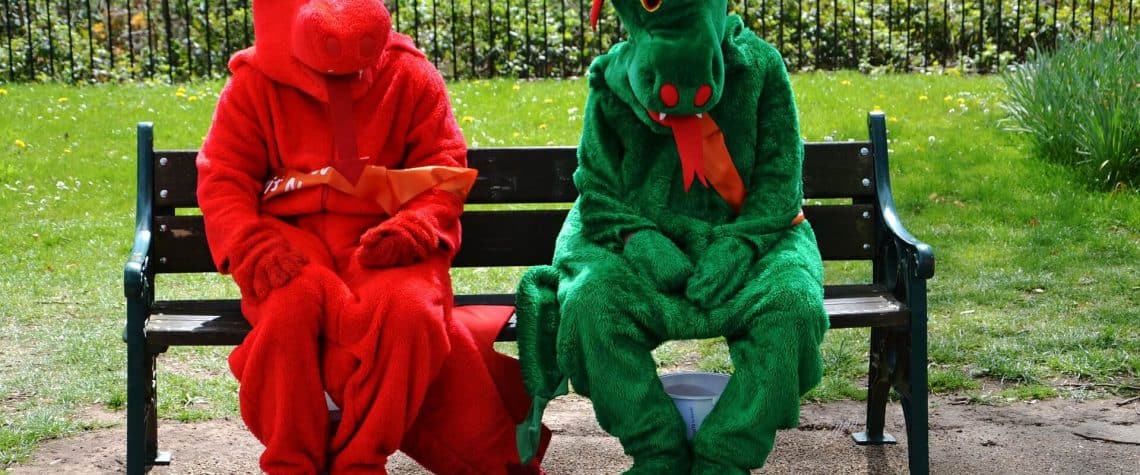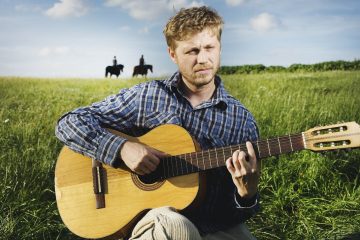

A circus is a company of performers that may include clowns, acrobats, trained animals, trapeze acts, musicians, hoopers, tightrope walkers, jugglers, unicyclists, as well as other object manipulation and stunt-oriented artists. The term ‘circus’ also describes the performance which has followed various formats through its 250-year modern history. Philip Astley is credited with being the ‘father’ of the modern circus when he opened the first circus in 1768 in England. Early circuses were almost exclusively demonstrations of equestrian skills with a few other types of acts to link the horsemanship performances. Performances developed significantly through the next fifty years, with large scale theatrical battle reenactments becoming a significant feature. The ‘traditional’ format, whereby a ringmaster introduces a varied selection of acts that mostly perform choreographed acts to traditional music, developed in the latter part of 19th century and continued almost universally to be the main style of circus up until the 1970s.
As styles of performance have changed since the time of Astley, so too have the types of venues where these circuses have performed. The earliest modern circuses were performed in open air structures with limited covered seating. From the late 18th to late 19th century custom-made circus buildings (often wooden) were built with various types of seating, a centre ring, and sometimes a stage. The ‘traditional’ large tents, commonly known as ‘Big Tops’ were introduced in the mid 19th century as touring circuses superseded static venues. These tents eventually became the most common venue and remain so to the present day. Contemporary circuses perform in a variety of venues including tents, theatres and casinos. Many circus performances are still held in a ring usually 13 m (42 ft) in diameter. This dimension was adopted by Philip Astley in the late 18th century as the minimum diameter that enabled an acrobatic horse rider to stand upright on a cantering horse to perform their tricks.
Contemporary circus has been credited with reviving the circus tradition since the 1980s when a number of groups introduced circus based almost solely on human skills and which drew from other performing art skills and styles.
First attested in English 14th century, the word circus derives from Latin circus,[1] which is the romanization of the Greek κίρκος (kirkos), itself a metathesis of the Homeric Greek κρίκος (krikos), meaning “circle” or “ring”. In the book De Spectaculis early Christian writer Tertullian claimed that the first circus games were staged by the goddess Circe in honor of her father Helios, the Sun God.[citation needed]
The modern and commonly held idea of a ‘circus’ is of a Big Top with various acts providing entertainment therein. However, the history of circuses is more complex, with historians disagreeing on its origin, as well as revisions being done about the history due to the changing nature of historical research, and the ongoing ‘circus’ phenomenon. For many, circus history begins with Englishman Philip Astley, while for others its origins go back much further—to Roman times.
In Ancient Rome, the circus was a building for the exhibition of horse and chariot races, equestrian shows, staged battles, gladiatorial combat and displays of (and fights with) trained animals. The circus of Rome were similar to the ancient Greek hippodromes, although circuses served varying purposes and differed in design and construction, and for events that involved re-enactments of naval battles, the circus was flooded with water. The Roman circus buildings were, however, not circular but rectangular with semi circular ends. The lower seats were reserved for persons of rank, There were also various state boxes for the giver of the games and his friends. The circus was the only public spectacle at which men and women were not separated. Some circus historians such as George Speaight have stated “these performances may have taken place in the great arenas that were called ‘circuses’ by the Romans, but it is a mistake to equate these places, or the entertainments presented there, with the modern circus” Others have argued that the lineage of the circus does go back to the Roman ‘circuses’ and a chronology of circus related entertainment can be traced from Roman times through medieval and renaissance jesters, minstrels and troubadours to the late 18th century and the time of Astley

























